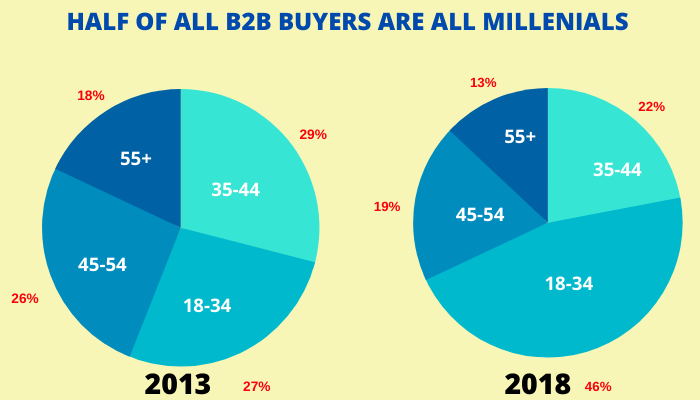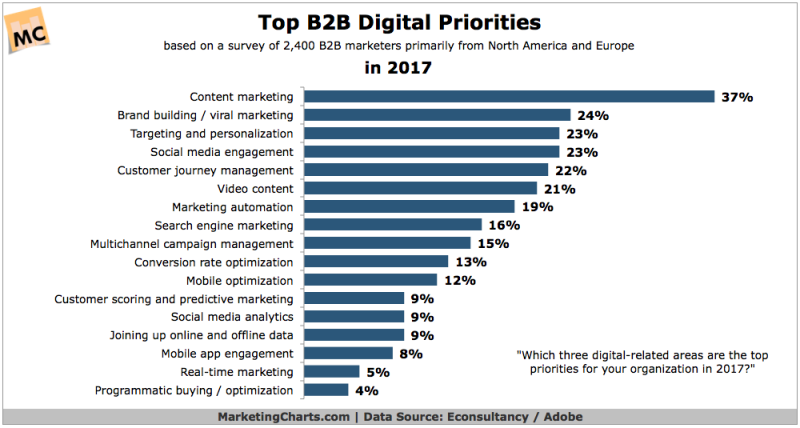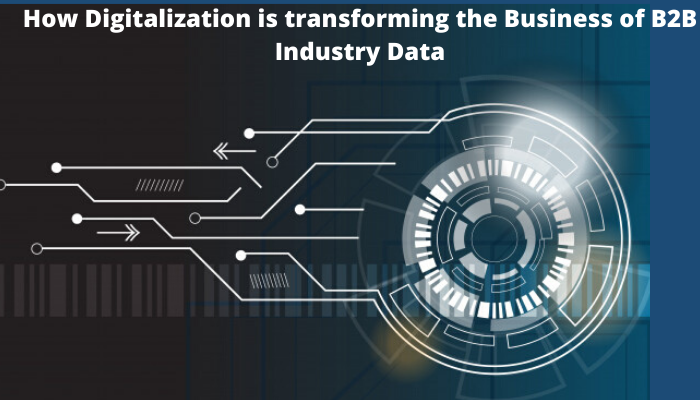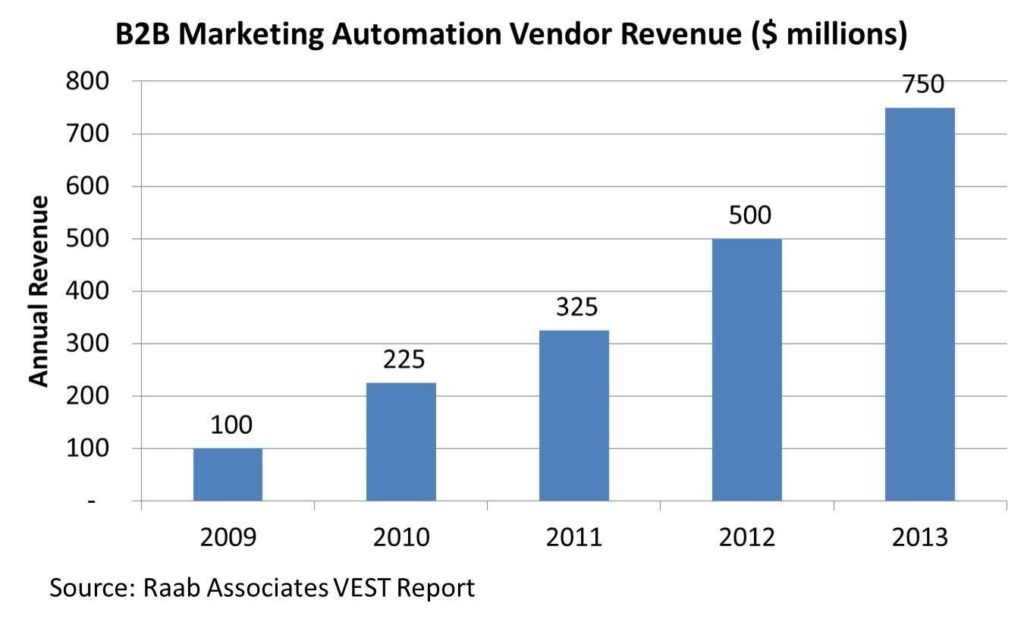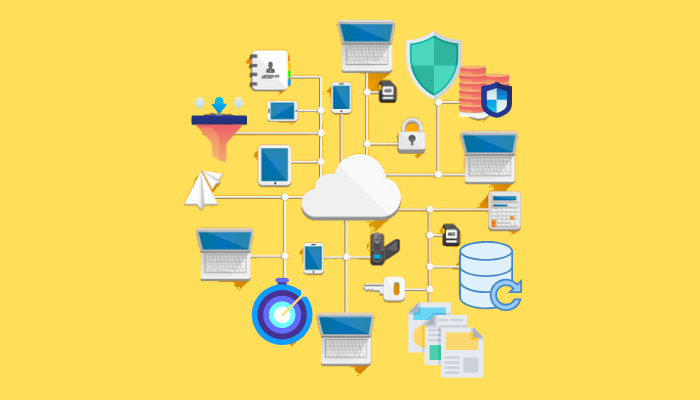Change is inevitable” and resilience to change is human nature.
What customer sees in the content of our website is a reflection of our vision and commitment to realize that vision. We always plan the next business strategy, product line-up, and milestone achievement for years ahead, all are already thought out, planned, and strategized. Content for those plans and products already written and verified.
Life though is a box full of chocolates we sometimes surprised with savory treats. Sometimes all things are going well and good, something happens like our audience taste changes, customers deviate from previous search patterns, or some global event capture attention of our customer base.
This requires b2b content writing to pivot the content plan in rush but in the right direction. b2b has customer base as businesses thou not as fickle as b2c but their needs change with time too. B2b content writing should reflect the action plan adopted by b2b businesses to cater to altered customer tastes.
With digitization b2b marketing has shifted to websites and social media. Their customers too have become techno-savvy and compare businesses with their online marketing content.
In this sea of websites, importance and need of seo content writing cannot be denied. Businesses have marvelous products and amazing pricing but if their b2b website cannot make it to SERP (search engine result page) then this marketing lacuna will be fatal to business and can reduce SEO ROI ratio which in turn affects its sales. Knowledge and effective usance of seo content writing can save from internet marketing suicide and increases reach and customer base.
Burgeoning new millennial entrepreneurs are new customer base to b2b that can be milked with arresting seo content writing. Their fear of missing out has open the avenues for digital content writing and marketing strategies where small b2b have recognition if data mining services and data scrubbing tools are employed.
This capriciousness of digital and website marketing forces b2b content to change and change for good and as those not change get drowned in the digital sea of forgotten. This pivot in the content plan should be as such that new customer demands are catered but old customers don’t get alienated. A harmonic balance of something old and something new is to be achieved.
A decade ago document style websites heavily relied on content were chic. Now website content heavily depends on videos, infographics, and visual content. This shift has caused the integration of visual and social media integration in content writing.
Content changes are also required when due to market pressures and global event business and brand rebrand their image. Like in pandemic times like COVID 19 many big banks have launched loaning campaign to business with keeping in mind social impact pandemic have caused. This strategy presents the business in a positive light, not as a cold unfeeling entity but a living social organism that is emphatic and resilient. This is change should be reflected in b2b writing.
When to pivot your content plan
Change can be for better or worse but sometimes risk boundaries need to be tested. As Newton law suggest everything tries to maintain status-quo until or unless a force doesn’t change their state. In b2b content writing and digital content, marketing forces are numerous. Aside from global and unexpected events, a consistent study and reviewing customers’ demands and search patterns should be taken into consideration.
These patterns are discovered by extensive data mining techniques. Data mining services used by companies to turn raw data into useful information. By looking for patterns in large batches of data, businesses can learn more about their customers to develop more effective marketing strategies and increase sales.
The Internet has grown into a large living breathing organism with constant bombarding of new information, uploads, searching, and hosting, information patterns changes quickly. For example instead of searching for, “online tutorial for programming” they start searching, “web tutorial for programing” and websites that were once were in search engine result can move further down in listing.
With business depending on this share market of information and stakes are high sometimes, the content pivot can save them a fortune when this market metaphorically crashes. So observing global events and customer patterns one can call shots to change the content.
What to look out for while changing
While new customer exposure is good for any business old and loyal customer base cannot be ignored. IHOP and IHOB debacle has proved that business that overhauls in a sudden rush can backfire too.
Renovation is good but home should feel like home unless the business is opting for a complete makeover. Digital education of the old customer base is also important. Making drastic changes with social site links, infographics, and visual transformation can make old customer base flabbergasted and left out.
A single bad experience on a website makes user 88% less likely to visit the website again
When Myntra, an online shopping giant has cut off its losses and shift its sole purchasing on mobile medium so customers accustomed to website surfing were left out. If a new content overhaul is in line with b2b brand image and offering a good SEO ROI then the risk must be taken as no decision is sometimes a bad decision.
Integration of change
When the content overhaul is done customer database gathered and new data entries that now required should be seamlessly assimilated. Data migration, data verification, and email verification, email data validation play a vital role.
Data migration is the process of extracting and transforming data and permanently transferring it from one computer storage system to another. Data verification is the validation of migrated data for completeness and removing any inconsistencies. Data scrubbing involves the rectification or deletion of outdated, incorrect, redundant data from a database.
When content is updated, the format of personalized email to clients, personalized view of products and services also need to be updated. The tools mentioned above help to achieve this. If not done properly leads to problems as specified
- 62% of organizations rely on marketing and prospect data that’s up to 40% inaccurate.
- 15% of leads contained duplicated data.
- 10% of leads contain invalid information.
- 8% of leads are missing information.
- 7% of leads contained invalid email/physical addresses.
- 30% of organizations currently have no strategy to update inaccurate or incomplete records.
Future expectation and changes
This sudden pivot in content can be smoothly done and timely predicted when we use tools such as data scraping, data appending and email appending are at disposal.
Customer data is the keystone that aids your business to carry out sales and marketing. Data Appending is the process to fill the missing gaps in your database. With the appending process, new data will positively impact all data-dependent processes in your organization.
For example when business customers have their business account in Whatsapp. B2b business can add new data entry points taking customer business account links and marketing their personalized content on the same.
Web scraping is also an effective tool in capturing data of business rivals. Web Scraping or Web Harvesting is a technique employed to extract large amounts of data from websites. It is legal within website term and conditions can help you understand their customer preferences and requirements and helps to determine this business avenue can be explored or not.
In the words of Charles Darwin, “It is not the strongest or the most intelligent who will survive but those who can best manage the change.” Both action and adaptability can create opportunities. Thus content plan can be pivoted in rush and hope you have figured out by now how.


